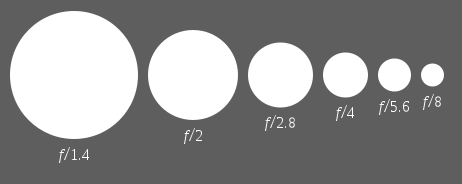Posted by:
Jonathan_Brady
at Tue Dec 30 16:13:31 2008 [ Email Message ] [ Show All Posts by Jonathan_Brady ]
I THINK I remember warning you all that you were going to get sick of all of these pics! lol.
ALL of my animals are starting to look like crap because I'm dropping the temps down almost as low as they'll get. I cycle all of my animals every year, regardless of age as I think consistency is VERY important for long term success with boas. Right now their hot spots are at 80 degrees and the ambient temp in the house is 77 in the day and about 73 at night. At night, they get no hot spot year round. In the winter, they get fewer hours of heat as well. So, my boas are dark  That's ok, they don't have to be SUPER light to be beautiful! That's ok, they don't have to be SUPER light to be beautiful! 
Thought I'd do my best to explain (as best as I can - which may still suck) some of the technical stuff behind photography. Maybe those with more experience and knowledge can chime in to clear up anything I make too confusing - or get totally wrong! lol
Aperture can be confusing as small numbers mean a large aperture. Conversely, large numbers mean a small aperture. The number corresponds to how much (or how little) light passes through the lens to the sensor or film.
This is something I found to help explain it (if you care, lol):

Think of it like your pupil. In SUPER bright light, your pupil gets very small - this would be a high aperture and you can see very clearly everywhere, including in your peripheral vision. In low light, your pupil gets big and it's harder to see as clearly, and peripheral objects are not as clear.
Here's another round of pics. I was experimenting with my macro lens and the aperture and shutter speed settings.
Small aperture - somewhere in the 8 or so range. You can see the depth of field is relatively clear for such a close range pic.

Medium aperture, hence the blurred body underneath the head poking out.

Medium aperture here too.

Then I decided to take him into the sun to try and get some tongue shots  The sun was clearly not overhead, hence the long shadows. But I kinda like how these pics turned out. The sun was clearly not overhead, hence the long shadows. But I kinda like how these pics turned out.
Aperture set to large for the angle. Tongue didn't come out clear, nor did the eyes

no tongue, but I liked the pic

same series of pics, just a little closer

Last pic - slightly smaller aperture (higher "f" number) to bring more of the snake and foreground into view

I've messed with the "manual" mode for years on my old camera. Just recently (with Ryan's help) figured out how to use it on my new camera. For those that don't know, aperture is the little "f" number under manual settings. The lower the number, the more blurred the foreground and background are and the faster the shutter speed (easier to catch tongue flicks). The higher the number, the clearer the foreground and background are - but the slower the shutter speed is so it's best to have a stationary object or a boa that's sitting still.
Finding a balance between the aperture and shutter speed you want is relatively easy on most cameras as they have a little meter on the display that goes left to right and you want the moveable indicator right in the middle (or a tad to the left as I find boa pics always come out a little light). If the indicator goes to the left, the pic turns out darker. If the indicator goes to the right, the pic turns out lighter. Hope that helps those who have always wondered what the "manual" mode is and how to use it!
jb
-----
Jonathan Brady
*You have the right to remain silent. Anything you say will be misquoted, then used against you.*
[ Show Entire Thread ]
|





